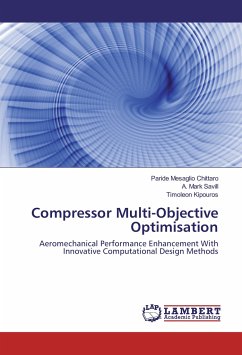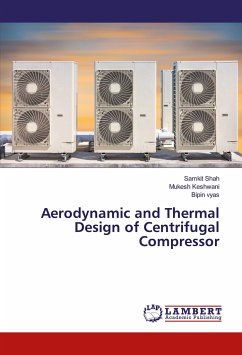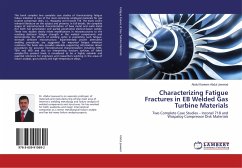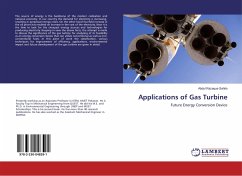Nowadays an increasing amount of resources are being allocated, both in academia and industry, to enhance the vibrational performance of novel turbomachinery components. Indeed, the continuous demand for higher efficiencies and weight reductions, together with more and more restrictive environmental regulations are driving the gas turbine design towards the technological limits of the materials. In this context, integrated optimisation systems represent an attractive prospective for the improvement of the existing design solutions. In the current work a Multi-Objective Tabu Search (MOTS) algorithm has been deployed to perform aeromechanical optimisations of a low speed axial compressor stage. In the first part of the research innovative strategies have been implemented to parametrise the 3D airfoils shape and an integrated framework for 2-Way FSI simulation have been developed. In the second part, two multi-disciplinary optimisations have been performed aimed at simultaneously minimise the aerodynamic pressure losses and the peak stress intensity at the rotor blade root.
Bitte wählen Sie Ihr Anliegen aus.
Rechnungen
Retourenschein anfordern
Bestellstatus
Storno








